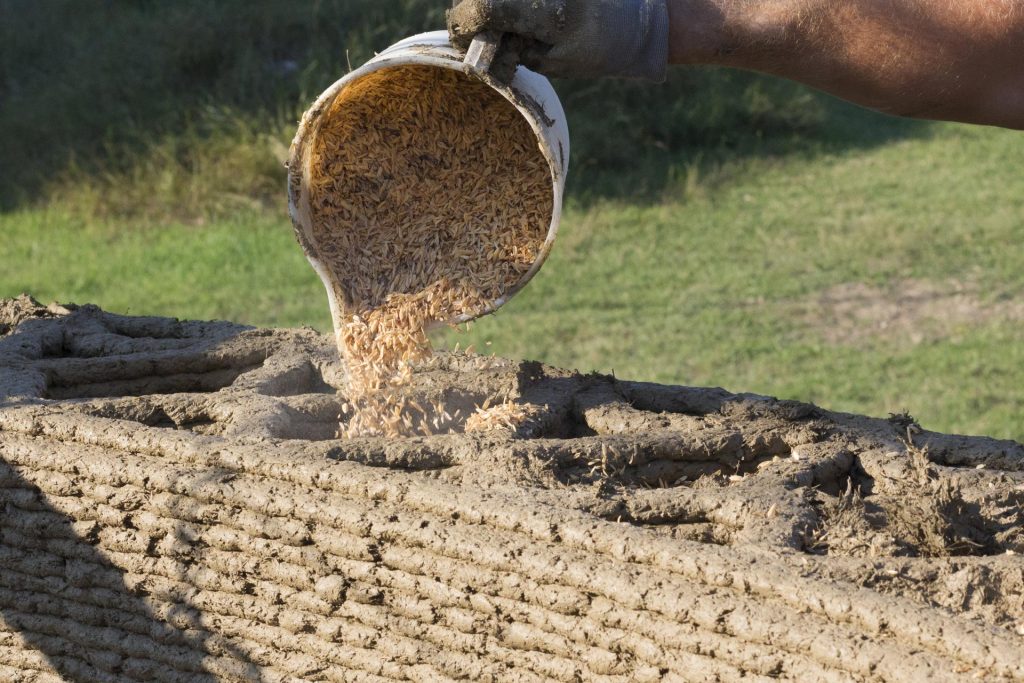Join the Expert Committee for the 2024 3D Printing Industry Awards to help select the winners!
The United Nations Development Program (UNDP) is working with WASP to assist in the construction of sustainable buildings in Colombia.
For this initiative, UNDP has acquired a Crane WASP and is using local materials like soil and agricultural waste to build in hard-to-reach areas. Known as the Infinity 3D printer, the Crane WASP is designed for versatility and mobility, making it suitable for remote locations.
It can be transported and assembled relatively easily, enabling use in areas with limited infrastructure and resources. This printer’s ability to operate with low energy consumption makes it a viable option for regions with scarce power supplies, says the company.

WASP’s sustainable construction approach
Over the past few years, WASP has played a vital role in the construction of sustainable 3D printed homes. Last month, Institute for Advanced Architecture of Catalonia (IAAC) researchers 3D printed a 100 m² low-carbon building prototype using a Crane WASP 3D printer. Located at the 3D Printed Earth Forest Campus in Collserola Natural Park, the structure was built using local soil and natural materials.
Part of IAAC’s Postgraduate 3D Printing Architecture (3DPA) initiative, this project aims to address the global housing shortage and reduce construction-related CO2 emissions. The campus serves as a laboratory for developing sustainable building technologies, with 3D printed walls that promote thermal regulation, natural ventilation, and reduced material usage.
Back in 2021, WASP completed the 3D printing phase of an eco-friendly house nicknamed ‘TECLA,’ built using recyclable materials and designed by Mario Cucinella Architects. TECLA served as a proof-of-concept for a sustainable housing model, using natural materials such as local soil layered into a self-supporting structure.
WASP utilized multiple synchronized 3D printers to minimize human intervention and energy consumption. Dome-shaped buildings were completed in 200 hours using 60 cubic feet of material and 6kw of energy.
Additionally, WASP partnered with Milan-based Rossana Orlandi gallery to showcase Gaia, a 3D printed eco-house made from sustainable natural materials. As part of the “We Are Nature” exhibition at the Leonardo da Vinci National Museum of Science and Technology in Milan, WASP highlighted Gaia’s design, which incorporated raw soil, natural fibers, and integrated ventilation systems.
The event focused on promoting environmental awareness and sustainable living solutions to reduce plastic waste and CO2 emissions in construction.

Sustainable practices in construction 3D printing
Ensuring sustainability in construction 3D printing allows for the customization of houses to meet environmental and climate-specific needs, making it an important approach for addressing global housing and sustainability challenges.
In line with this, Californian construction company Mighty Buildings delivered its first 3D printed zero net energy (ZNE) home, built from prefab panels that produced as much energy as they consumed. The two-bedroom home was the first of at least 40 planned for a Southern California community.
Made from 60% recycled materials, the homes generated 99% less waste than traditional builds and could be constructed in half the time. Mighty Buildings announced plans to expand its B2B offerings to enable developers to scale eco-friendly housing and address both the housing and climate crises.
This year, Texas-based construction 3D printing firm ICON has announced a new housing development in Wimberley Springs, 40 miles south of Austin. The development consists of eight single-family homes, ranging from 2,800 to 4,000 sq. ft., with four to five bedrooms.
Certified to the EnergyStar standard, these energy-efficient homes are built with ICON’s 3D printed wall system, designed to withstand wind speeds of up to 250 mph. Pre-sales have begun, with prices starting in the upper $800,000s. These homes feature modern amenities and blend Texas architectural heritage with contemporary design elements, says the company.
What 3D printing trends do the industry leaders anticipate this year?
What does the Future of 3D printing hold for the next 10 years?
To stay up to date with the latest 3D printing news, don’t forget to subscribe to the 3D Printing Industry newsletter or follow us on Twitter, or like our page on Facebook.
While you’re here, why not subscribe to our Youtube channel? Featuring discussion, debriefs, video shorts, and webinar replays.
Featured image shows a 3D printed wall using local materials like husk. Photo via WASP.



